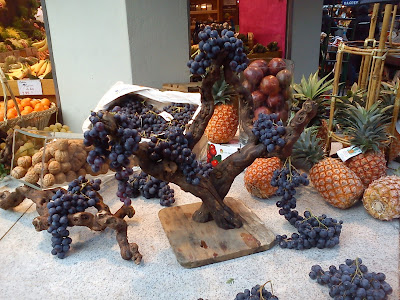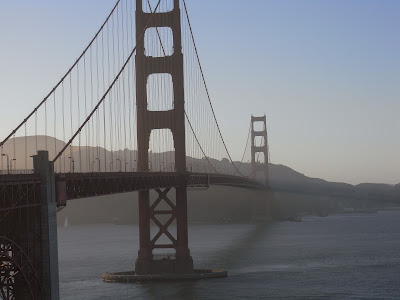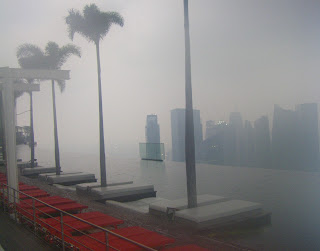In Harlem I found my way to no. 17, East 126th Street which has survived relatively unchanged since being the location for the classic 1958 photo "Great Day in Harlem" featuring 57 jazz greats.
A later re-enactment in 2008, for the documentary film "The Girls in the Band" aimed to restore the gender balance by featuring mainly women jazz artists. Pianist Marian McPartland was in both pictures.
A later re-enactment in 2008, for the documentary film "The Girls in the Band" aimed to restore the gender balance by featuring mainly women jazz artists. Pianist Marian McPartland was in both pictures.






































